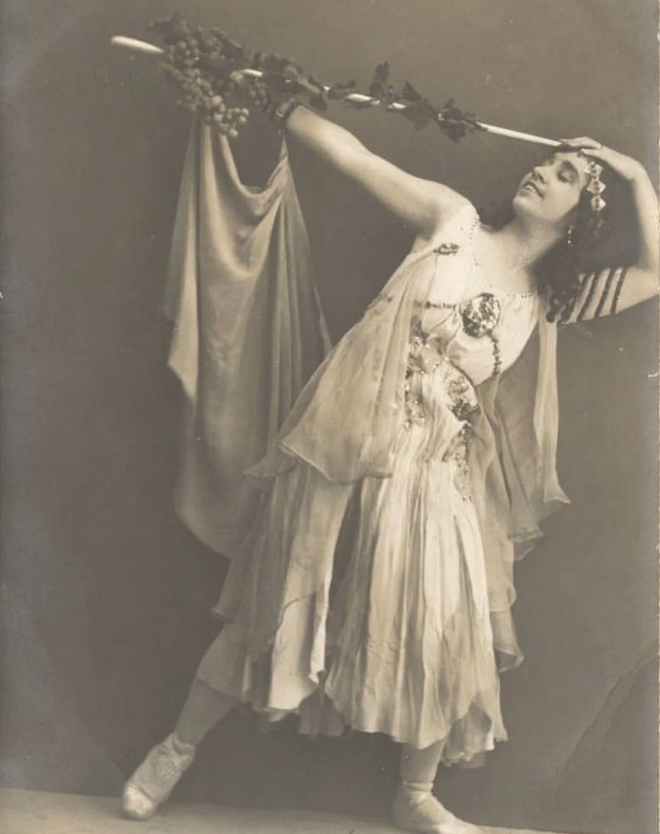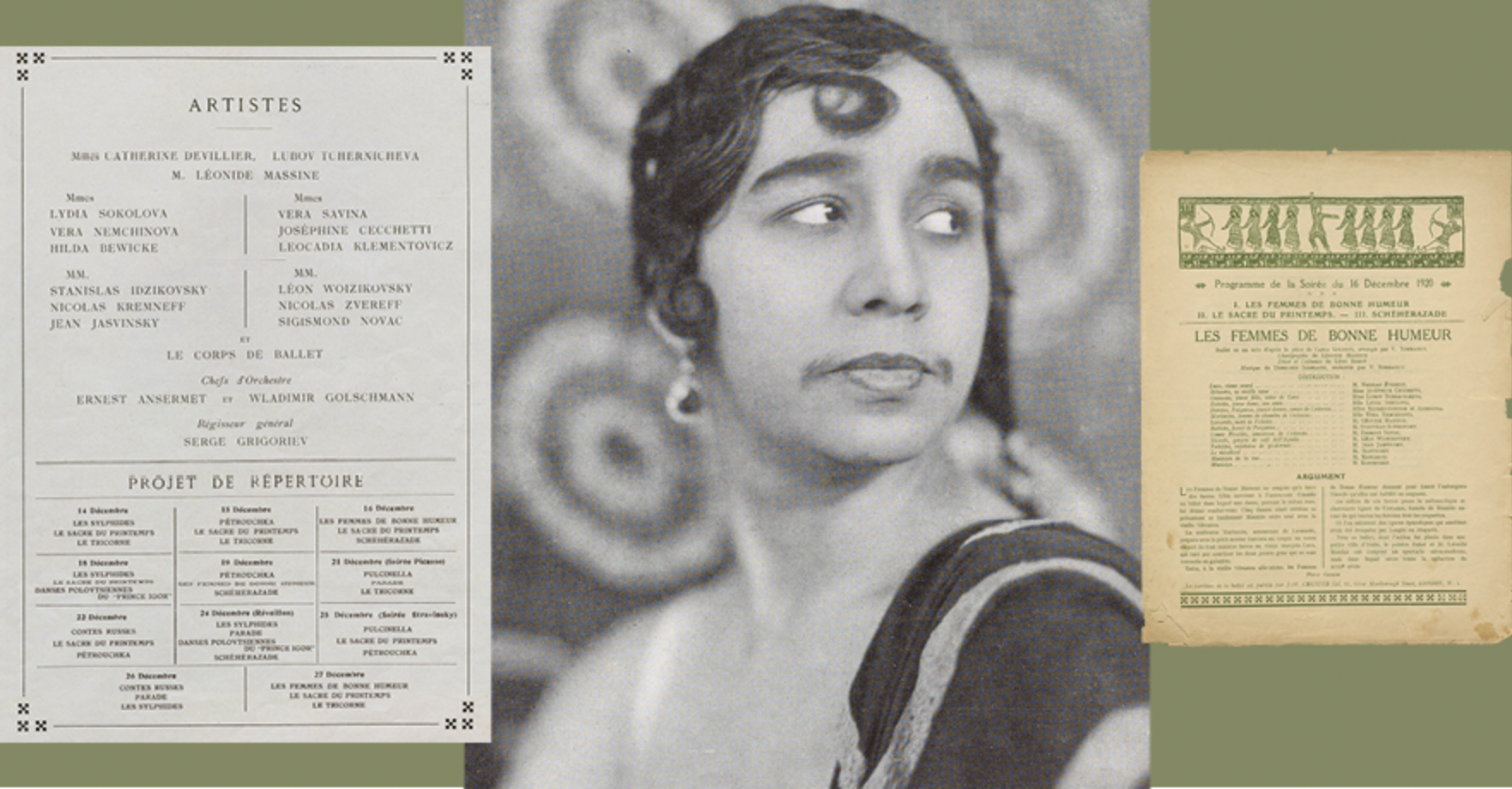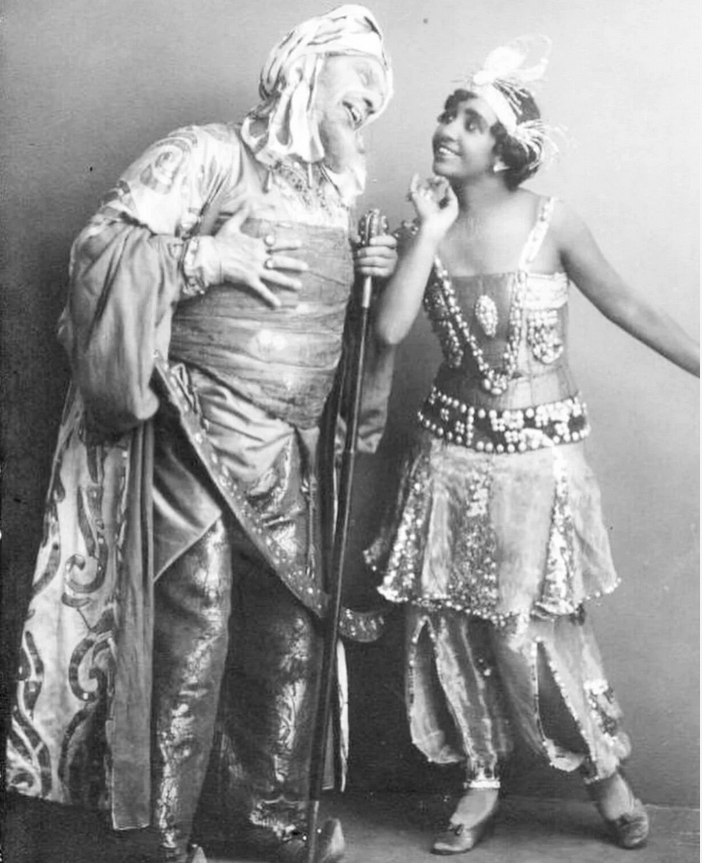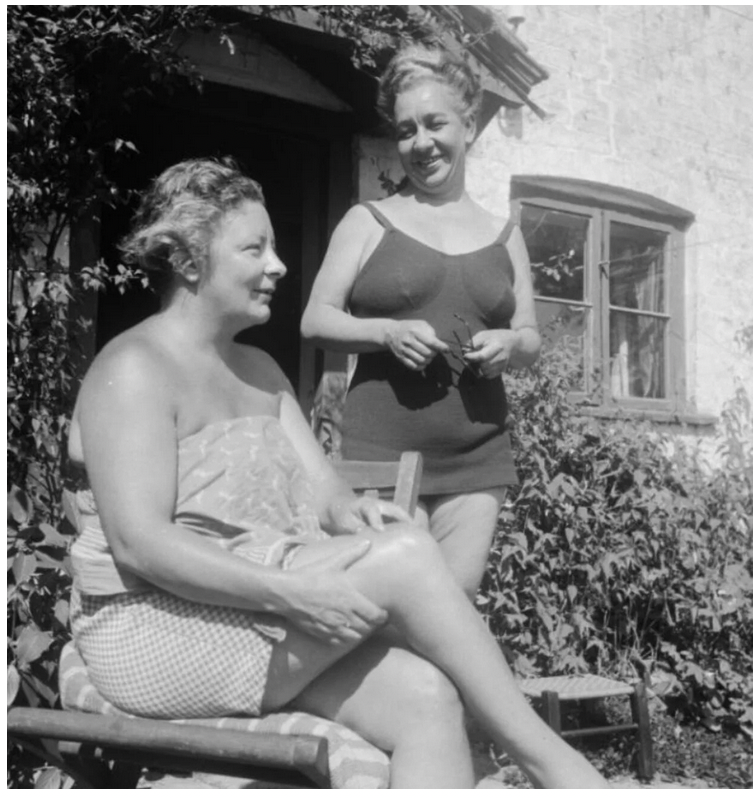Catherine Devillier (Ekaterina or Katusha Devillier)
Imperial Bolshoi Theatre
Ballets Russes
 Catherine Devillier was a pioneering Black Russian ballerina and multifaceted artist whose career spanned the Russian Imperial era, Diaghilev’s Ballets Russes, and European stage and film. She is a crucial, often overlooked figure in Black, Russian, and LGBTQ+ dance history.
Catherine Devillier was a pioneering Black Russian ballerina and multifaceted artist whose career spanned the Russian Imperial era, Diaghilev’s Ballets Russes, and European stage and film. She is a crucial, often overlooked figure in Black, Russian, and LGBTQ+ dance history.
Born:1891 (St. Petersburg, Russian Empire)
Died:1959 (London, England)
Parents:Father: Black American;
Mother: Vera Popova Vassilieva (Russian actress/theatre artist)
Nationality / Identity: Franco-Russian (Afro-Russian descent), Black, LGBTQ+
Career:Ballerina, Choreographer, Teacher, Film Actress, Soloist
Company (Years Active):Moscow Imperial Bolshoi Theatre (1908–c. 1920); Diaghilev’s Ballets Russes (1920–1921) choreographer and teacher in Berlin and London
Honors (Claimed):Credited as the first Black ballet soloist in history (by historian Sergey Konaev).
Married to:Nikolai Savvich Mamontov (m. 1915, d. 1920); Second Husband (m. 1936, a marriage of convenience); Life Partner: Princess Dilkusha de Rohan (1920s-1959)

Catherine Devillier was born in 1891 in Russia to a Black father and the prominent theatre artist Vera Popova Vassilieva. She trained in Moscow and graduated in 1908 into the Moscow Imperial Bolshoi Ballet.
Her early career in Russia attracted wide admiration. Ballet colleagues, friends, and critics lauded “the softness of her dance, her ardor, her chic and musicianship in presenting movements, and her kind eyes.” She performed roles including Mercedes in Don Quixote, the Khan’s Wife in The Little Hump-Backed Horse (1916), a Bacchante in Eunice and Petronius (1915), and a supporting role in Gorsky’s re-choreographed La Bayadère (1916). She also appeared in a 1915 Russian silent film, now unfortunately lost.
In 1915, Devillier married Nikolai Savvich Mamontov, son of the prominent operatic patron Savva Mamontov; he was executed by the Red Army in 1920. Following this, she escaped Russia and joined Diaghilev’s Ballets Russes for the 1920–1921 season in Paris and London. There, she impressed audiences as the Miller’s Wife in Massine’s Le Tricorne (with Picasso costumes) and as a Polovtsian Maiden in Fokine’s Polovtsian Dances from Prince Igor (costumes by Pavel Tchelitchew). She also danced in Massine’s Chout and Fokine’s Scheherazade.
Notable Roles & Works
-
Aya in La Bayadère (Imperial Theatres, c.1908) jeromerobbins.org
-
Miller’s Wife in Le Tricorne (Ballets Russes, ~1920) Alastair Macaulay
-
Polovtsian Maiden (Polovtsian Dances / Prince Igor, Ballets Russes) Alast

Devillier then pursued a career as a choreographer and dance teacher in Berlin before relocating to London, where she lived for three decades. In London, she married a second husband in 1936 in a marriage of appearances, having found true love with Princess Dilkusha de Rohan. The couple’s relationship was documented in photographs by Eileen Agar, now in the Tate Gallery. Devillier was also immortalized in a portrait by Pavel Tchelitchew, held at the Museum of Modern Art in New York.

Dark skin color was not a stigma in Imperial Russia, and Devillier rose quickly in the Moscow ballet world. However, ballet-blanc conventions required conformity of skin tone; she resisted being cast in the “Dance of the Hours” in Coppélia, eventually securing her requests to avoid whitening makeup. Early in her career, she appeared in London with Olga Preobrazhenskaya in a two-scene Swan Lake (1910), performing both in the mazurka and as a swan.
Catherine Devillier stands at a remarkable intersection of ballet-history, racial history, and queer/life-partner history. Her work in Russia, then with Diaghilev’s company, followed by a teaching and choreographing career in Europe, points to a multifaceted legacy. She contributes to rewriting the narrative around early Black dance artists in classical ballet and the international reach of Russian ballet training.
Catherine Devillier met Princess Dilkusha de Rohan in Berlin in the early 1930s and the two embarked upon a life partnership that lasted decades. ( Pointe Magazine) Princess Dilkusha, born Alis Dilkusha Wrench and later styled as a princess, was a fashion designer and part of the artistic‑social circle that included Gertrude Stein, Alice B. Toklas and Pavel Tchelitchew. ( Pointe Magazine) The couple relocated to Sussex, England, around 1936, where Eileen Agar captured photographs of them together in 1941 near their home. (Alastair Macaulay) Their relationship was both personal and creative: Devillier’s dance and teaching career and de Rohan’s design and social networks complemented one another, forming a partnership rooted in shared artistic sensibility and mutual support. (Jerome Robbins Foundation) In archive inventories held by the Harry Ransom Center, there are letters from Princess Dilkusha to friends and to Catherine Devillier, documenting their life together and their collaborations. (Texas HRC Research)
If you like, I can pull out direct quotations from their correspondence (in original language and translated) that reference their relationship, for inclusion in your materials.

Sources
Alastair Macaulay, “The Story of the Russian Black Dancer Catherine Devillier (1891–1959)” alastairmacaulay.com
Zita Allen, “Catherine Devillier: Ballet’s Pioneering Black Russian and LGBTQ+ Soloist” (Pointe Magazine, Jun 15, 2023) pointemagazine.com
